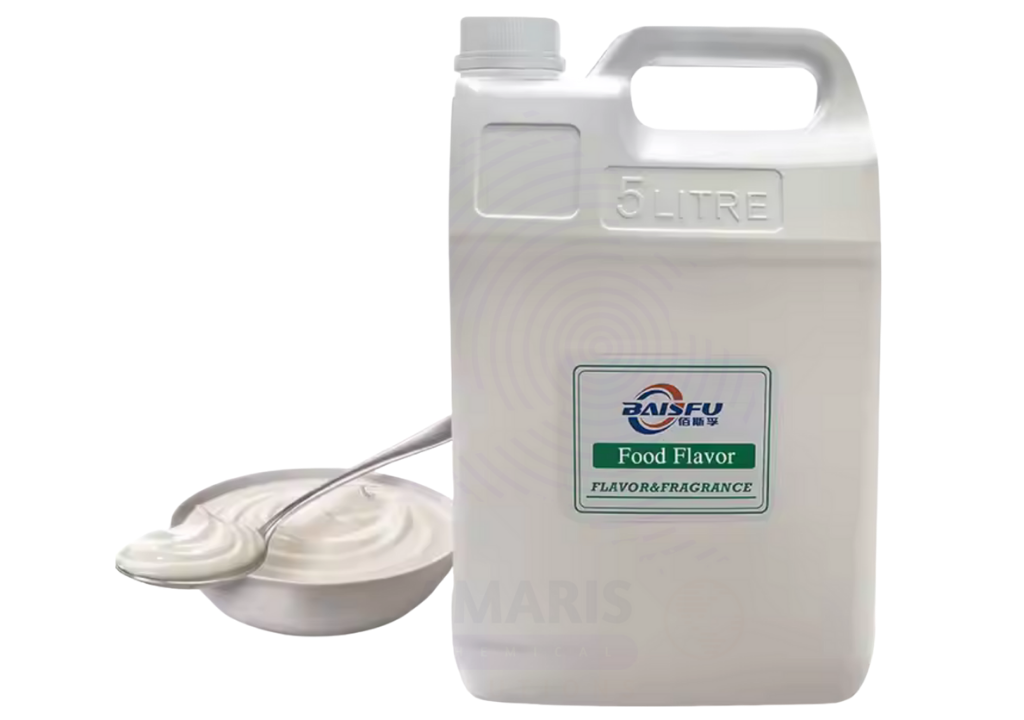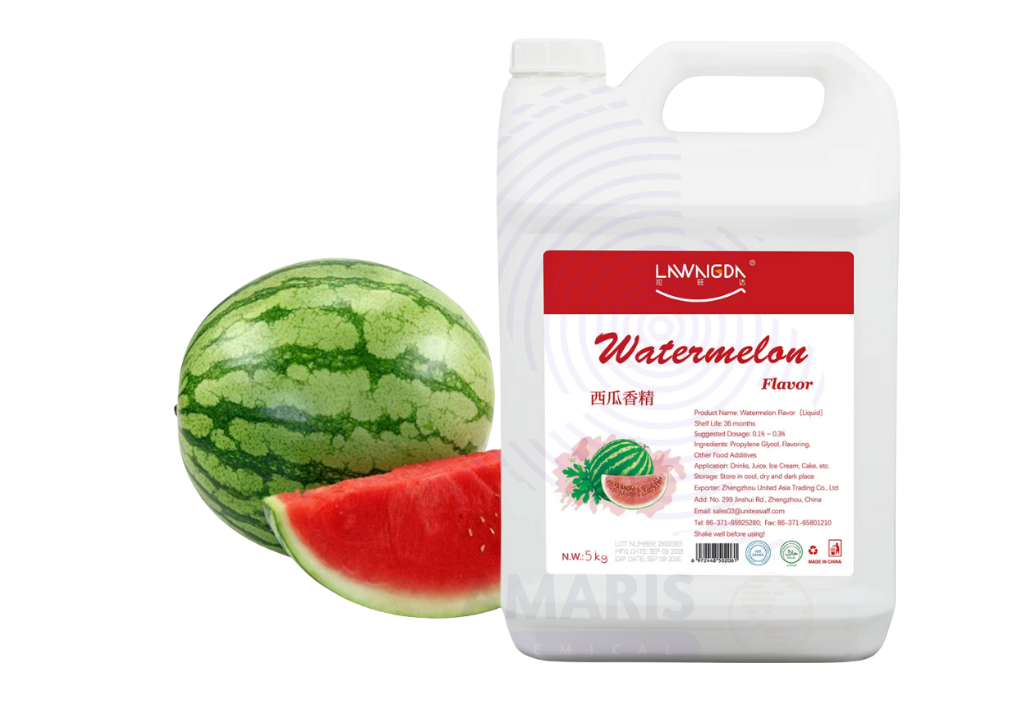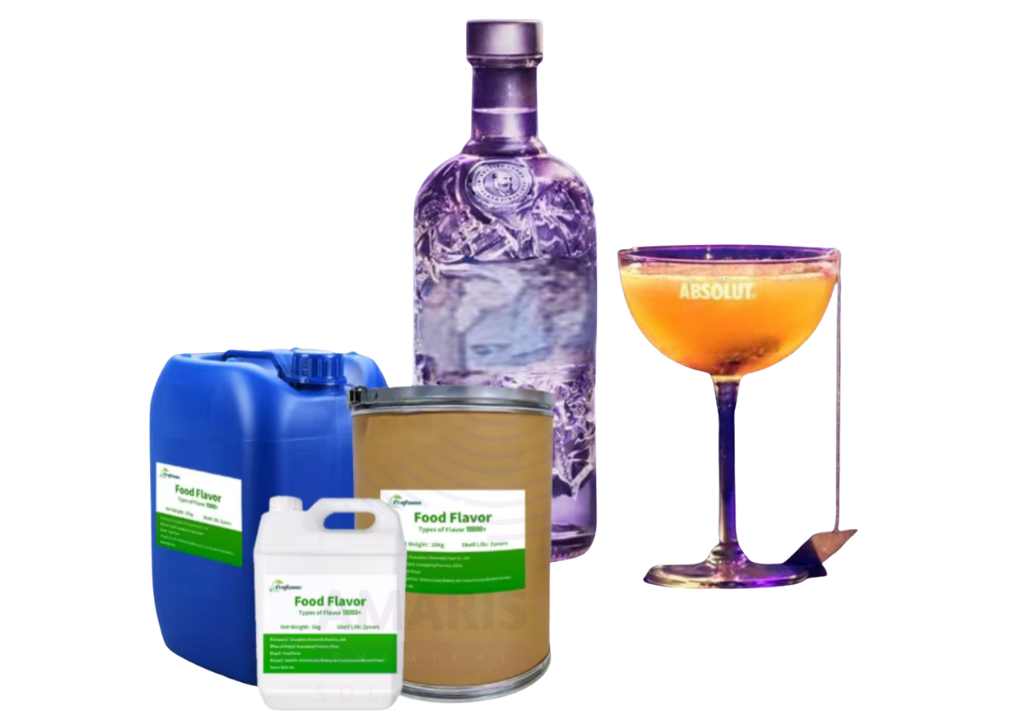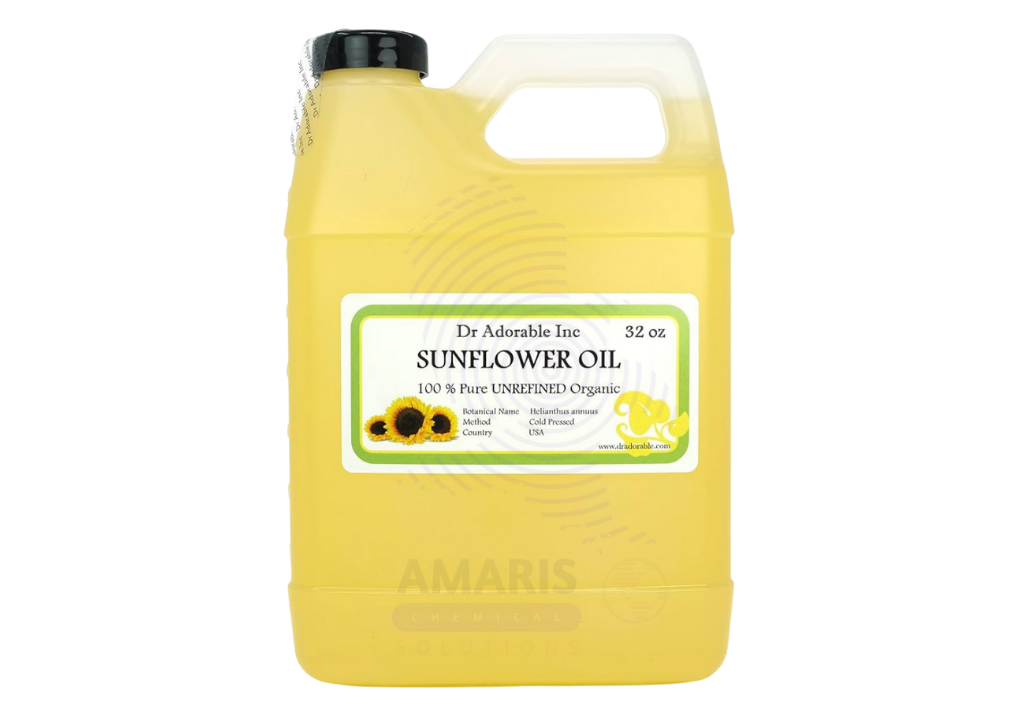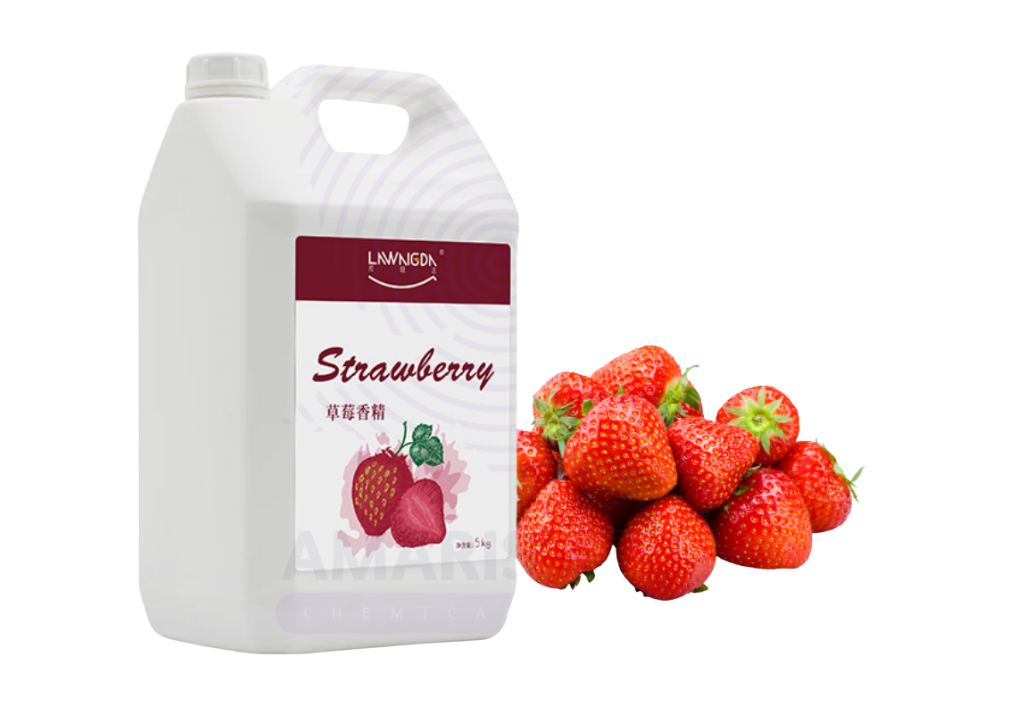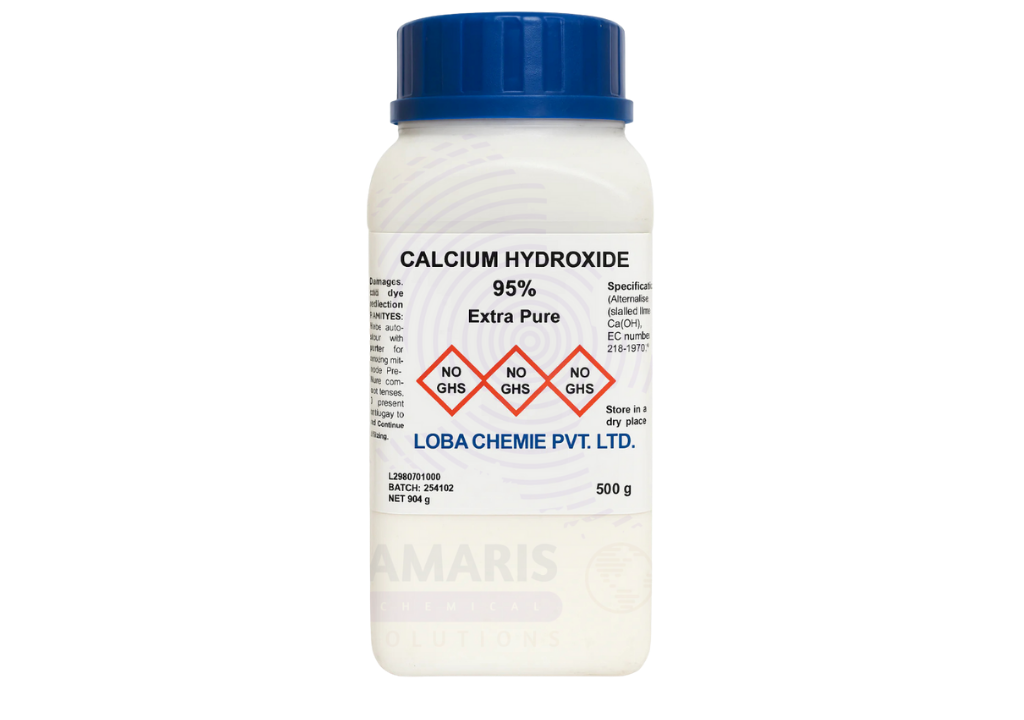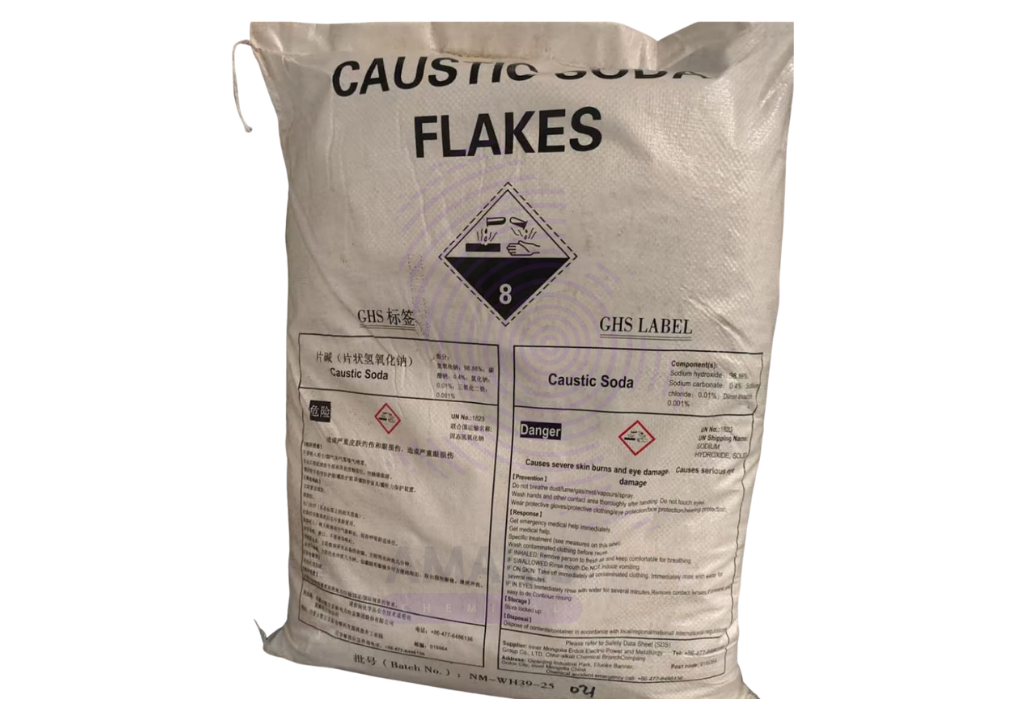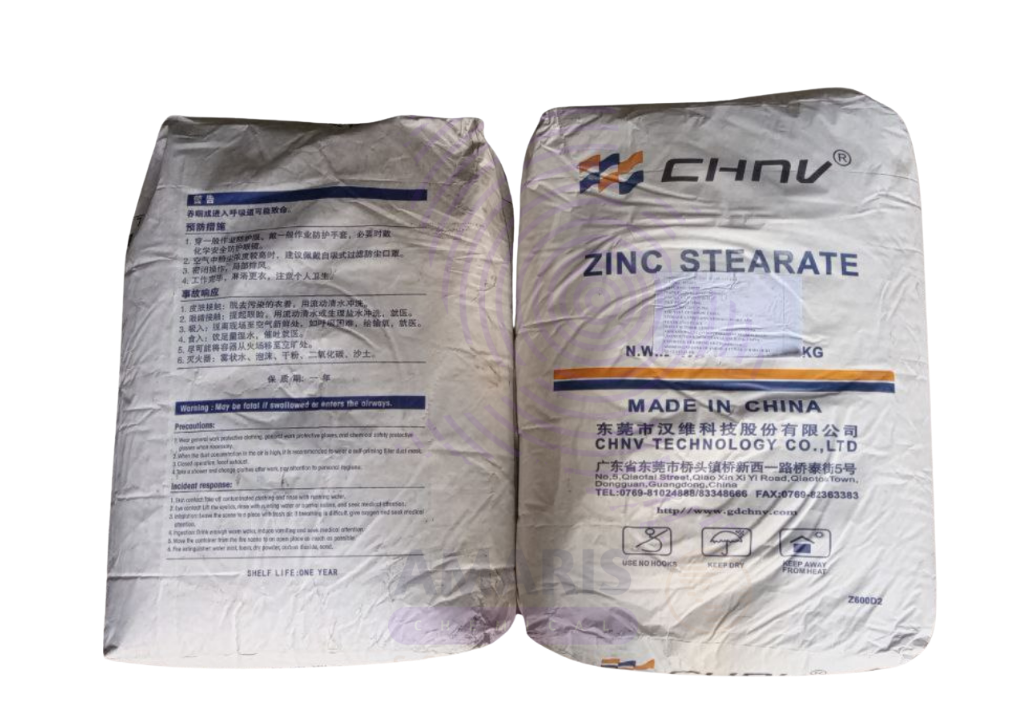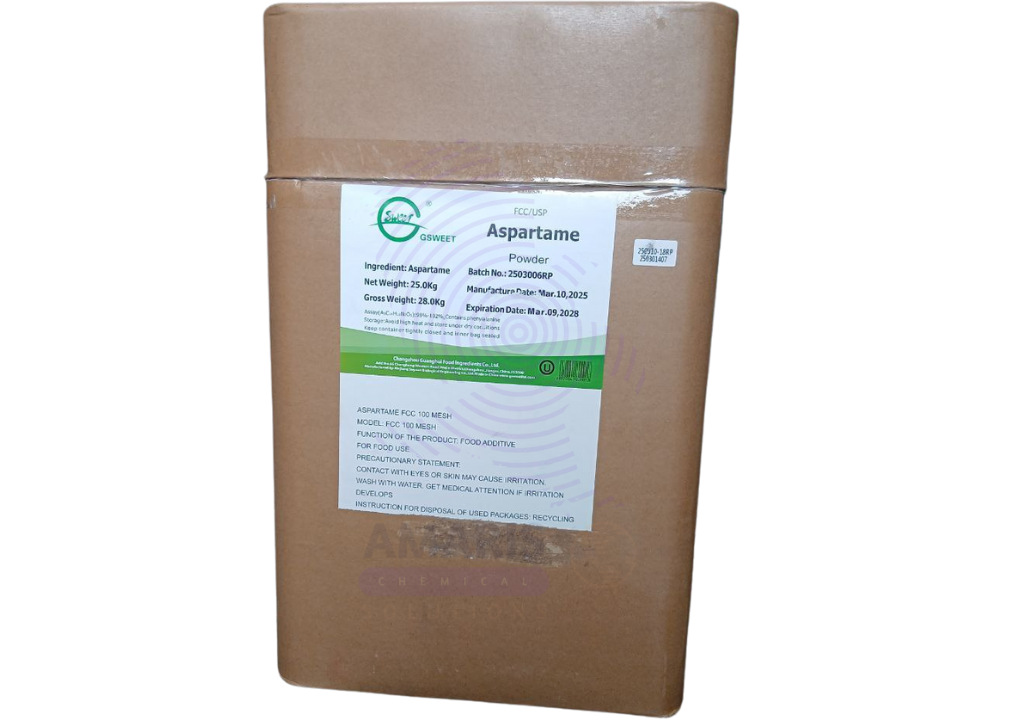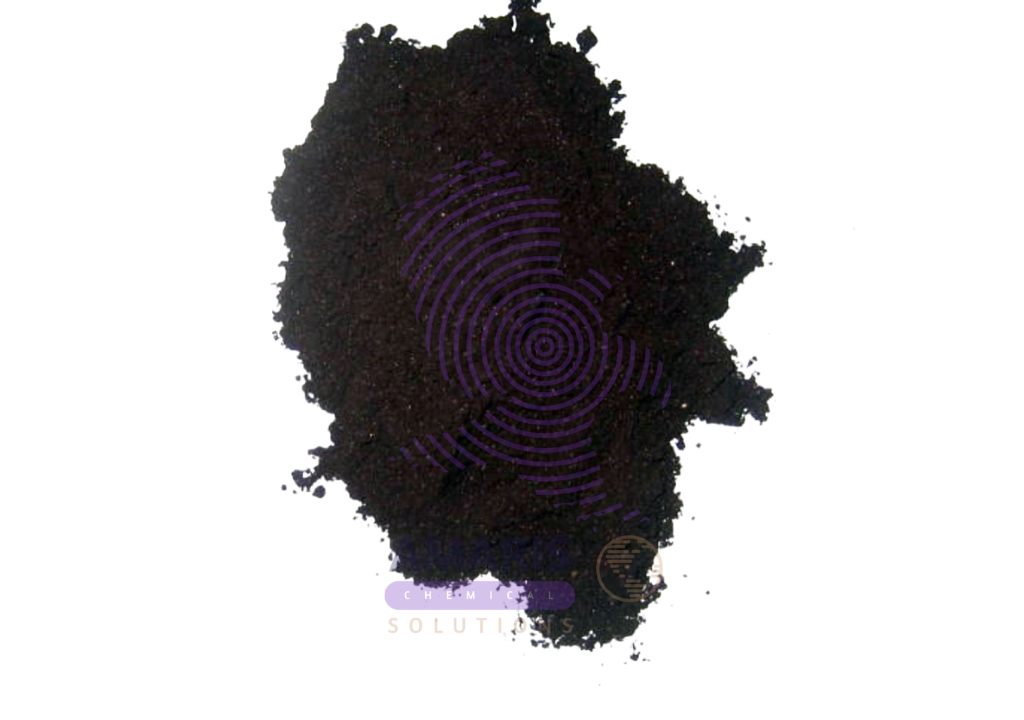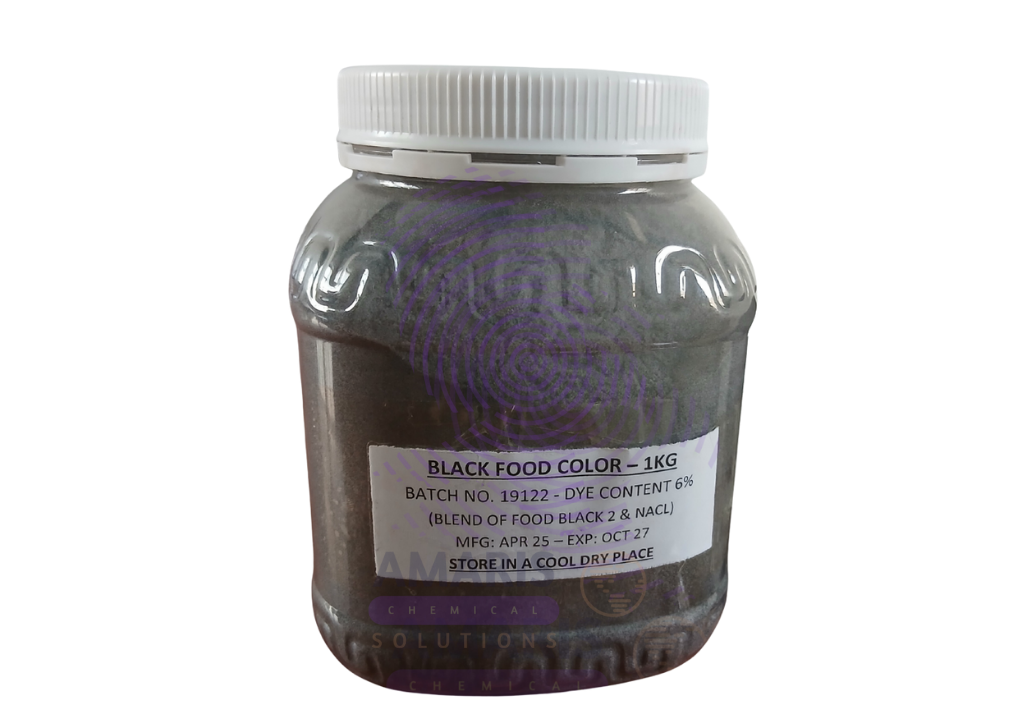🍏 Malic Acid — The Natural Touch of Science in Food and Beyond
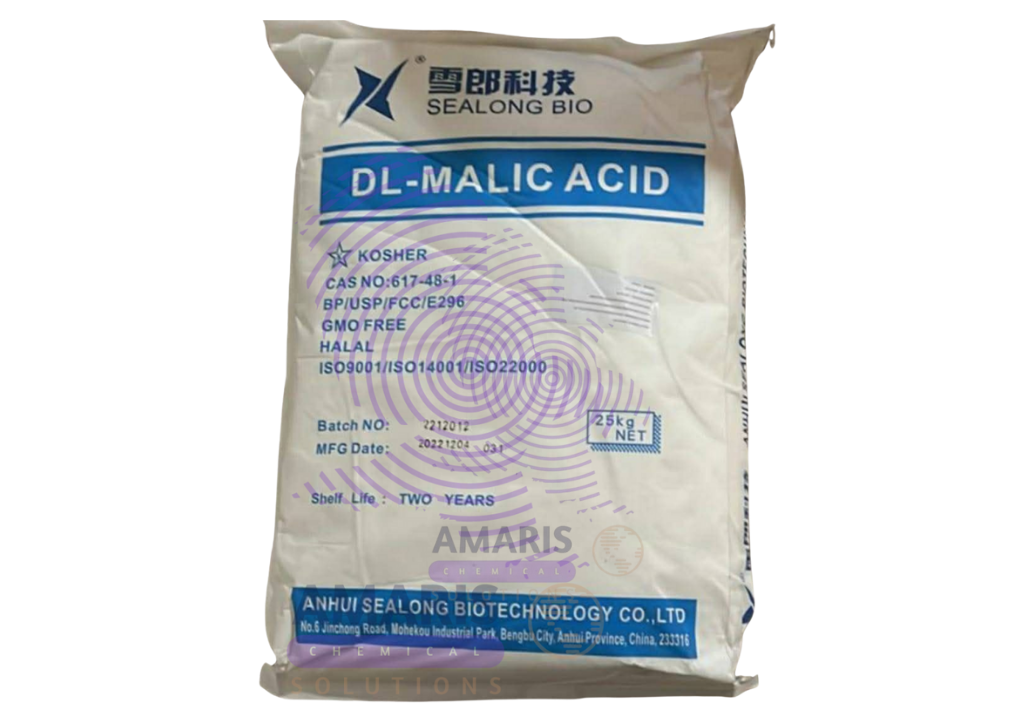
Have you ever enjoyed the refreshing tang of an apple or the pleasant tartness in a glass of fruit juice? That zesty sensation comes from a compound nature has perfected — Malic Acid. Known as the “apple acid” (from the Latin malum, meaning apple), this fascinating chemical is a key ingredient not just in nature’s flavor palette but also in numerous industrial applications.
At Amaris Chemical Solutions, Malic Acid is celebrated for its purity, versatility, and ability to bridge science and nature — enhancing taste, improving stability, and supporting manufacturing processes across several industries. Let’s explore how this organic acid adds value in both laboratories and large-scale production lines.
🧪 What is Malic Acid?
Malic Acid (chemical formula C₄H₆O₅) is a naturally occurring dicarboxylic acid found in fruits such as apples, cherries, and grapes. It plays a major role in the Krebs cycle — the biochemical process responsible for energy production in living organisms. In industrial contexts, however, Malic Acid is synthesized for use as a food additive, acidity regulator, and buffering agent.
It is available in two main forms:
- L-Malic Acid – The naturally occurring isomer, most commonly used in food and health-related products.
- DL-Malic Acid – A synthetic version used in broader industrial and technical applications.
🧁 Applications of Malic Acid Across Industries
🍬 1. Food and Beverage Industry
Malic Acid is perhaps most famous for its role in creating balanced acidity and mouthfeel in foods and drinks. It enhances flavor in fruit juices, candies, jams, and soft drinks while also acting as a preservative to extend shelf life. Unlike citric acid, it offers a smoother and more lasting sourness, making it a favorite for confectioners and beverage formulators.
Its uses include:
- Adjusting pH and improving flavor stability.
- Enhancing fruitiness in beverages and candies.
- Preventing discoloration and spoilage in processed foods.
💊 2. Pharmaceuticals and Nutraceuticals
In pharmaceuticals, Malic Acid is valued for its pH control and buffering capabilities. It’s also found in certain dietary supplements where it may help reduce fatigue and support energy metabolism. Because it’s naturally involved in the body’s energy cycle, it’s sometimes used in formulations aimed at improving stamina and reducing muscle pain.
💅 3. Cosmetics and Personal Care
Malic Acid acts as an alpha-hydroxy acid (AHA), meaning it helps with exfoliation and skin rejuvenation. It’s a common component in creams, cleansers, and peels that promote smoother and brighter skin. Additionally, it can help maintain product pH and enhance the penetration of active ingredients.
⚙️ 4. Industrial and Chemical Manufacturing
In non-food industries, Malic Acid serves as an intermediate in producing resins, polymers, and coatings. Its ability to chelate metals also makes it useful in cleaning agents and technical formulations.
🌍 Environmental and Safety Insights
Malic Acid is considered biodegradable and environmentally friendly, making it an excellent choice for sustainable manufacturing. It poses minimal risk to health when handled properly, and as an organic compound, it breaks down naturally in the environment without leaving harmful residues.
However, as with all acids, basic safety measures should be observed:
- Avoid direct skin or eye contact.
- Store in a cool, dry, well-ventilated area.
- Use protective gloves and goggles during handling.
At Amaris Chemical Solutions, our Malic Acid is available in high purity and packaged to maintain stability and quality during storage and transport.
🧠 Fun Fact: The Sour That Powers!
Did you know? Malic Acid is one of the main ingredients responsible for the extreme sourness of “sour candy.” 🎉 Its controlled acidity is what makes your taste buds tingle — a small reminder that chemistry can be both functional and fun!
💬 Conclusion
From flavor enhancement to pharmaceutical innovation, Malic Acid is a true multi-tasker in the chemical world. Its natural origin, safety, and effectiveness make it a cornerstone ingredient across numerous industries. Whether in a food lab, a cosmetic facility, or a manufacturing plant, Malic Acid demonstrates how a single compound can connect nature’s brilliance with human ingenuity.
At Amaris Chemical Solutions, we’re proud to supply Malic Acid that meets high industrial and laboratory standards — empowering businesses to innovate with confidence and quality.


 Preservatives(food)
Preservatives(food) Flavor Enhancers
Flavor Enhancers Acidulants
Acidulants Sweeteners
Sweeteners Antioxidants
Antioxidants Colorants(food)
Colorants(food) Nutraceutical Ingredients (food)
Nutraceutical Ingredients (food) Nutrient Supplements
Nutrient Supplements Emulsifiers
Emulsifiers
 Collectors
Collectors Dust Suppressants
Dust Suppressants Explosives and Blasting Agents
Explosives and Blasting Agents Flocculants and Coagulants
Flocculants and Coagulants Frothers
Frothers Leaching Agents
Leaching Agents pH Modifiers
pH Modifiers Precious Metal Extraction Agents
Precious Metal Extraction Agents
 Antioxidants(plastic)
Antioxidants(plastic) Colorants (Pigments, Dyes)
Colorants (Pigments, Dyes) Fillers and Reinforcements
Fillers and Reinforcements Flame Retardants
Flame Retardants Monomers
Monomers Plasticizers
Plasticizers Polymerization Initiators
Polymerization Initiators Stabilizers (UV, Heat)
Stabilizers (UV, Heat)
 Antifoaming Agents
Antifoaming Agents Chelating Agents
Chelating Agents Coagulants and Flocculants
Coagulants and Flocculants Corrosion Inhibitors
Corrosion Inhibitors Disinfectants and Biocides
Disinfectants and Biocides Oxidizing Agents
Oxidizing Agents pH Adjusters
pH Adjusters Scale Inhibitors( water)
Scale Inhibitors( water)
 Antioxidants(cosmetic)
Antioxidants(cosmetic) Emollients
Emollients Fragrances and Essential Oils
Fragrances and Essential Oils Humectants
Humectants Preservatives
Preservatives Surfactants(cosmetic)
Surfactants(cosmetic) Thickeners
Thickeners UV Filters
UV Filters
 Fertilizers
Fertilizers Soil Conditioners
Soil Conditioners Plant Growth Regulators
Plant Growth Regulators Animal Feed Additives
Animal Feed Additives Biostimulants
Biostimulants Pesticides (Herbicides, Insecticides, Fungicides)
Pesticides (Herbicides, Insecticides, Fungicides)
 Active Pharmaceutical Ingredients (APIs)
Active Pharmaceutical Ingredients (APIs) Excipients
Excipients Solvents(pharmaceutical)
Solvents(pharmaceutical) Antibiotics
Antibiotics Antiseptics and Disinfectants
Antiseptics and Disinfectants Vaccine Adjuvants
Vaccine Adjuvants Nutraceutical Ingredients (pharmaceutical)
Nutraceutical Ingredients (pharmaceutical) Analgesics & Antipyretics
Analgesics & Antipyretics
 Analytical Reagents
Analytical Reagents Solvents(lab)
Solvents(lab) Chromatography Chemicals
Chromatography Chemicals Spectroscopy Reagents
Spectroscopy Reagents microbiology-and-cell-culture-reagents
microbiology-and-cell-culture-reagents Molecular Biology Reagents
Molecular Biology Reagents Biochemical Reagents
Biochemical Reagents Inorganic and Organic Standards
Inorganic and Organic Standards Laboratory Safety Chemicals
Laboratory Safety Chemicals Specialty Laboratory Chemicals(Special Laboratory Equipment)
Specialty Laboratory Chemicals(Special Laboratory Equipment)
 Demulsifiers
Demulsifiers Hydraulic Fracturing Fluids
Hydraulic Fracturing Fluids Scale Inhibitors(oil)
Scale Inhibitors(oil) Surfactants(oil)
Surfactants(oil) Drilling Fluids
Drilling Fluids
 Dyes and Pigments
Dyes and Pigments Bleaching Agents
Bleaching Agents Softening Agents
Softening Agents Finishing Agents
Finishing Agents Antistatic Agents
Antistatic Agents
 Admixtures
Admixtures Waterproofing Agents
Waterproofing Agents Sealants and Adhesives
Sealants and Adhesives Curing Compounds
Curing Compounds Concrete Repair Chemicals
Concrete Repair Chemicals Anti-Corrosion Coatings
Anti-Corrosion Coatings
 Surfactants(cleaning)
Surfactants(cleaning) Builders
Builders Enzymes
Enzymes Solvents (Cleaning)
Solvents (Cleaning) Fragrances
Fragrances
 Electronic Chemicals
Electronic Chemicals Catalysts
Catalysts Lubricants
Lubricants Photographic Chemicals
Photographic Chemicals Refrigerants
Refrigerants Automotive chemicals
Automotive chemicals Pyrotechnic Chemicals
Pyrotechnic Chemicals
 Biodegradable Surfactants
Biodegradable Surfactants Bio-based Solvents
Bio-based Solvents Renewable Polymers
Renewable Polymers Carbon Capture Chemicals
Carbon Capture Chemicals Wastewater Treatment Chemicals
Wastewater Treatment Chemicals
 Pigments
Pigments Solvents(paint)
Solvents(paint) Specialty Coatings
Specialty Coatings Binders/Resins
Binders/Resins Additives
Additives Driers
Driers Anti-Corrosion Agents
Anti-Corrosion Agents Functional Coatings
Functional Coatings Application-Specific Coatings
Application-Specific Coatings
 Fresh Herbs
Fresh Herbs Ground Spices
Ground Spices Whole Spices
Whole Spices Spice Blends
Spice Blends Dried Herbs
Dried Herbs
 Leavening Agents
Leavening Agents Dough Conditioners
Dough Conditioners Flour Treatments
Flour Treatments Fat Replacers
Fat Replacers Decoratives
Decoratives Preservatives(baking)
Preservatives(baking)
 Plasticizers & Softeners
Plasticizers & Softeners Reinforcing Agents
Reinforcing Agents Adhesion Promoters
Adhesion Promoters Vulcanizing Agents
Vulcanizing Agents Antidegradants
Antidegradants Blowing Agents
Blowing Agents Fillers & Extenders
Fillers & Extenders Accelerators & Retarders
Accelerators & Retarders
